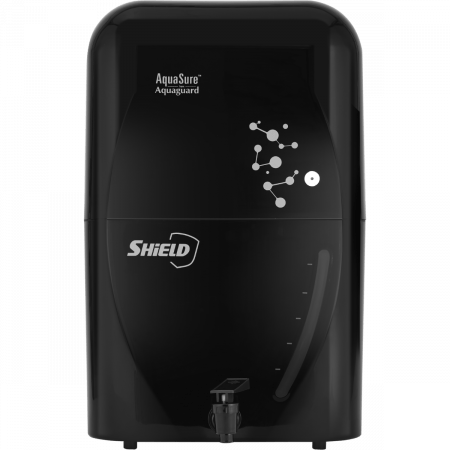Introduction:
In our homes, where electric gadgets are always buzzing, there’s a silent hero – home wiring. Even though it works behind the scenes, it’s crucial for powering our stuff safely and using energy wisely.

“A Comprehensive Guide to Choose Household Wiring”
Poor-quality wires may lack proper insulation, leading to exposed conductors and an increased risk of electrical shocks, fires, or short circuits, flammable materials in low-quality wires can cause overheating and lead to electrical fires, endangering lives and property.
High-quality wires often incorporate safety features like flame retardancy, resistance to environmental factors, and protection against electromagnetic interference.
This guide dives into home wiring, looking at wires for different things, understanding their tech specs, and stressing how safety and quality are super important.
Home Wires Categories:
There are many types of wires exists in the market but knowing which is of our type is crucial from cost saving and quality perspective, checkout below details-
| Sr. No. | Wires category | Full Form | Where to use |
| 1 | HR FR LSH LF | Heat Resistance Flame Retardant Low Smoke Halogen Lead Free | Industry/ House hold |
| 2 | FR LSH | Flame Retardant Low Smoke Low Halogen | All high-rise building, malls & hospitals. |
| 3 | FR LF | Flame Retardant Lead Free | Household appliances, AC, Fridge |
General specifications of wires:
You can check general specs of wiring on their boxes as below-
| Sr. No. | Features | What does it mean? |
| 1 | Flame retardant | Designed to resist or slow down the spread of flames |
| 2 | Smooth surface with lubrication properties | It reduces heat, High conductivity, Improves signal strength. |
| 3 | High insulation resistance | The insulation prevents leakage of electrical current |
| 4 | High abrasion resistance | The ability of a material to withstand wear, rubbing, friction, or scraping |
| 5 | RoHS compliant | Use ofenvironment friendly materials |
Technical specifications of wires:
Wants to dive deep of wiring world, checkout below tech specs for more detail-
| Sr. No. | Properties | Withholds to |
| 1 | Flammability | IEC 60332-1 |
| 2 | Minimum bending radius | 8D |
| 3 | Nominal voltage | 600/1000V |
| 4 | Operating temperature | 70-85 Degree Celsius |
| 5 | Temperature Range | -15 to +85 Degree Celsius |
| 6 | Flame Resistant | ASTM 2863 |
| 7 | Acid Gas Generation | Max 20% |
| 8 | Oxygen Index: | >29% |
Wire sizes for Common Household Appliances:
Here’s a guide for wire sizes in square millimeters based on common household appliances and their typical current ratings, you can refer below table:

| Sr. No. | Appliances | Ampere Ratings | Wire size |
| 1 | Lighting and General Outlets | Up to 15 Amperes | 1.5 mm² is often suitable |
| 2 | Kitchen Appliances (Microwave, Toaster, Blender) | 15-20 Amperes | 2.5 mm² for dedicated circuits |
| 3 | Refrigerator | 15-20 Amperes | 2.5 mm² is typically sufficient |
| 4 | Washing Machine | 15-20 Amperes | 2.5 – 4 mm² for a dedicated circuit |
| 5 | Dryer | 30 Amperes | 4 mm² for a dedicated circuit, |
| 6 | Air Conditioner | Varies (Typically 15-30 Amperes) | from 2.5 mm² to 6 mm² or larger. |
| 7 | Dishwasher | 15-20 Amperes | 2.5 – 4 mm² for a dedicated circuit |
*Remember to consult local electrical codes and regulations, as well as the manufacturer’s specifications for each appliance, to ensure proper wire sizing and compliance with safety standards. Consulting with a licensed electrician is advisable for major appliances and comprehensive electrical installations.
Conclusion:
Sorting out home wiring isn’t as tough as it sounds. By knowing about different wires, understanding their tech bits, and always thinking about safety and quality, you’re making your home safe and efficient. Remember, the key to a happy home is good wiring that keeps things running smoothly.
To Buy Click Here.
Bonus Point:
So, here we have checked out different wiring solutions for our home, why not we make our home a smart home, stay tuned to our website to know advancements in electrical connections like Wireless Power Transmission:
Research and development in wireless power transmission technologies that enable devices to be powered without physical connections. This can be particularly relevant for charging electronic devices and electric vehicles, we will see this in coming blogs.
Thank you for staying with us, see you soon.
Also Read:
